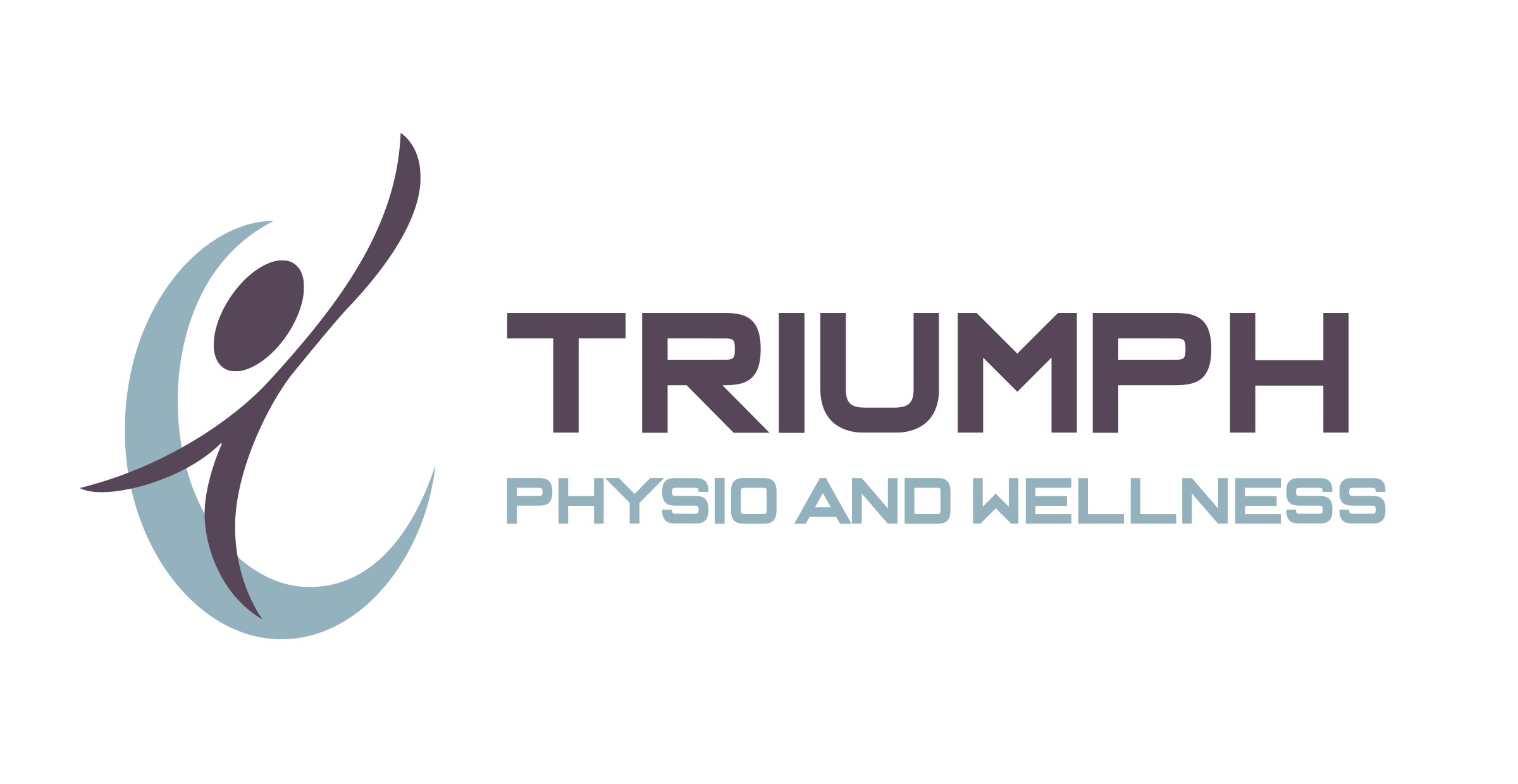Ice or Heat? What to Do If You Pull a Muscle
When it comes to immediately treating injuries, one question we get a lot (and we mean a lot) is "Should I use ice or heat for a pulled muscle?"
As it turns out, here is the answer: both are effective, however they must be applied differently based on the following criteria.
The type of injury
How long the injury has lasted
Where in the body the injury is located
To better answer this hotly debated question (pardon the pun), we'll go over each of these criteria for treating pulled muscles.
The type of injury
There are two general types of injuries that you may run into over time: acute and chronic.
For pulled muscles, these injuries will almost always be considered acute, since the pain is sharp and immediate.
In all cases of acute pain from pulled muscles, ice is your best friend. By placing an ice pack or a cold compress on an acute injury immediately, the swelling and pain are greatly reduced. That's because ice will cause the blood vessels in your body to narrow, reducing the flow and thus inflammation.
Ice should also continue to be applied if the pulled muscle tissue remains warm to the touch compared to the other limb or surrounding parts of your body. Heat and redness can indicate acute inflammation is still in place, so ice is recommended in such cases.
How long the injury has lasted
Let's say you've booked an appointment to see your doctor about your pulled muscle. Unfortunately, it'll be a while beforehand, about a week. You may be wondering, "Should I use ice or heat while I wait?"
The answer is both, however the timing is crucial. Ice should only be applied to your pulled muscle for about 72 hours, with frequent recooling of the compress you need to use.
This strategy for managing pain and inflammation is called the P.R.I.C.E. method. P.R.I.C.E. stands for Protect, Rest, Ice, Compress, and Elevate, and it's a simple form of self-care you can use in the event of a pulled muscle. Keep in mind that this method only works for minor injuries, so seek help if it's a major one!
After 72 hours, it's actually recommended you switch to heat. That's because by heating up your injury after this timeframe, you'll increase the blood flow and thus speed up your recovery time.
Where in the body the injury is located
Common body areas that tend to get hurt by accident the most include in your arms, your legs, your back, and your neck. This is where the more chronic kinds of injuries are seen more frequently, and where heat may be your friend more.
Ice should really only be used in the case of new, one-time injuries. If the same muscle ends up getting pulled repeatedly over time, heat is the best solution in these cases.
If neither ice or heat is enough…
You should seek treatment if even heat or ice don't seem to be working, particularly if a) it's been several days since the injury happened and it still hurts terribly (as if you've freshly injured it), and b) you don't feel or see any improvement since applying ice and heat treatment to your injury.
Triumph Physio offers not only physiotherapy but also acupuncture, registered massage therapy, ultrasound, and electrotherapy as part of our main services. These other forms of physical therapy may prove to be more efficient at helping you heal from your severe injury. It all depends on what's discovered during your initial assessment.
Contact us today if you're in need of physio treatment!
Creative Commons Attribution: Permission is granted to repost this article in its entirety with credit to Triumph Physio and Wellness and a clickable link back to this page.

